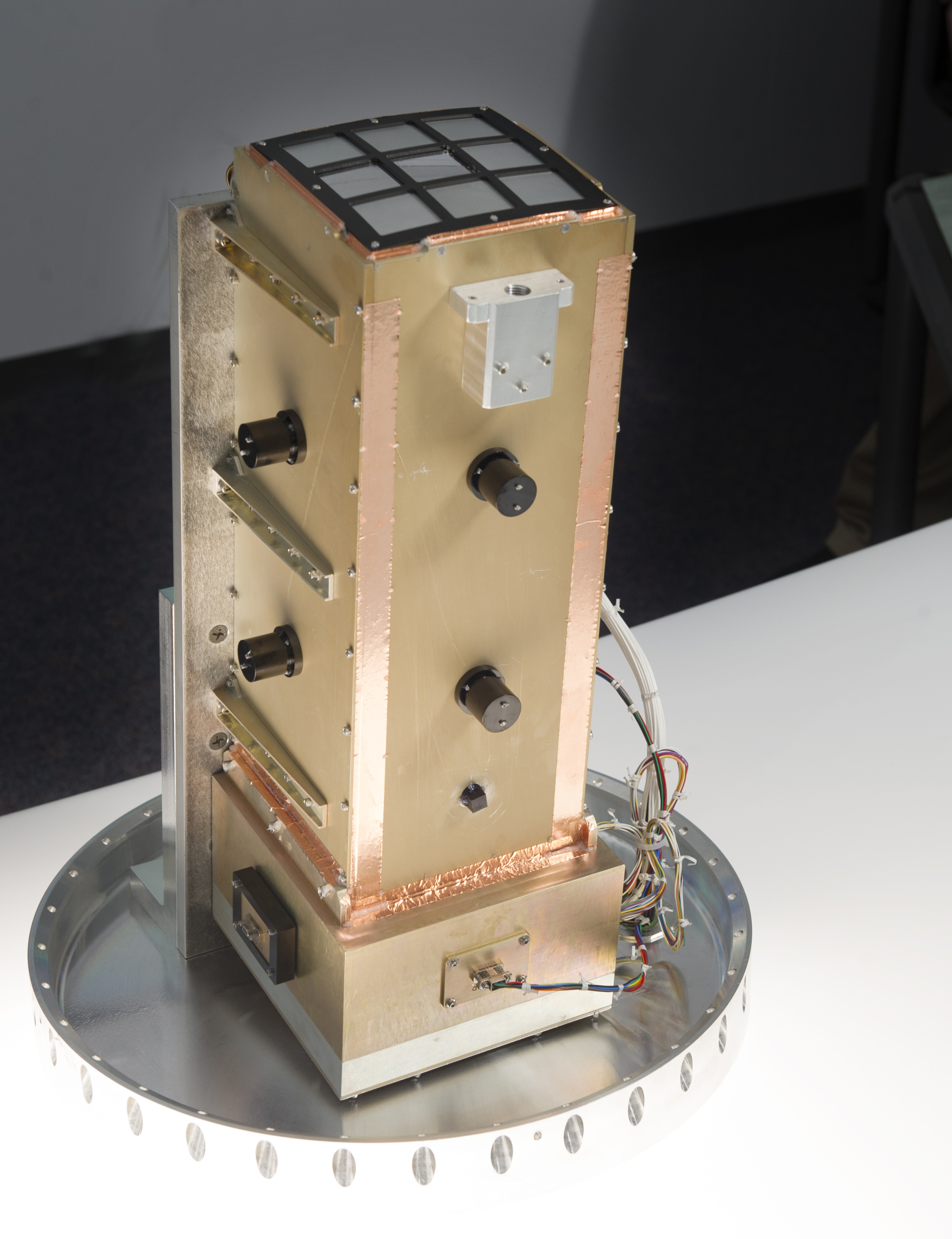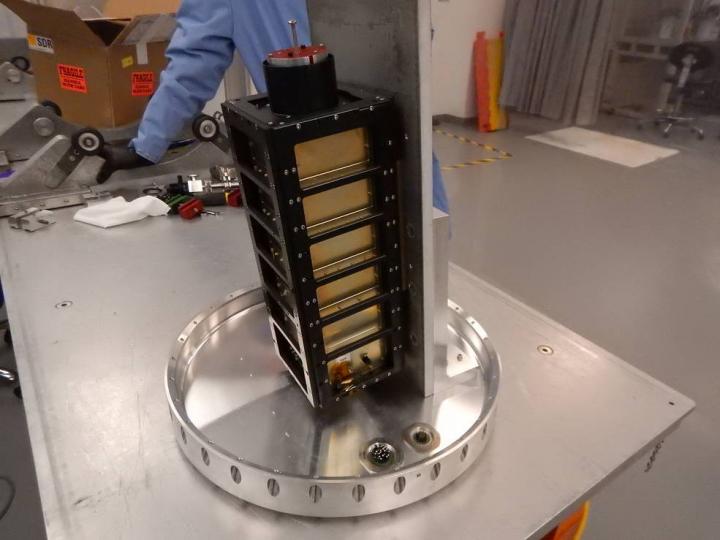NASA’s Soft X-ray Camera Has Been Shrunk, Will Fly As A CubeSat Mission
Back in 2012, NASA unveiled the first wide-field soft X-ray camera, which included a never-before-flown focusing technology. Now, the agency has miniaturized the original version of that camera and it will fly as a CubeSat mission to study Earth’s magnetic cusps, the regions in the magnetic cocoon around Earth near the poles where the magnetic field lines dip down toward the ground.

The CubeSat will be able observe the cusps using soft X-rays emitted when the solar wind collides with neutral gases in space. The solar wind refers to the flow of solar particles at speeds up to a million miles per hour that constantly stream from the sun.
The x-ray camera, now just the size of a loaf of bread is expected to launch in 2019.
Why study magnetic cusps?
Back in the mid-1990s, scientists began observing the emission of charge-exchange X-rays from planets, the moon, comets, interplanetary space, possible supernova remnants, and galactic halos.
The emissions from the outer atmospheres of Venus and Mars have resulted in some questions about whether or not the phenomenon is the cause of atmospheric loss on Mars. In addition, heliophysicists and astrophysicists have been observing the same emissions which effect their fields of expertise.

As a result, planetary scientists and heliophysicists want to measure these emissions for scientific reasons, while astrophysicists want to remove them as noise.
“Everyone is interested in getting this data, although for different reasons,” said Michael Collier, a planetary scientist who worked with heliophysicist David Sibeck and astrophysicist Scott Porter to develop all instrument versions. “These missions span three different disciplines, which is a rare occurrence in space science.”
Story via NASA.


Comments are closed, but trackbacks and pingbacks are open.